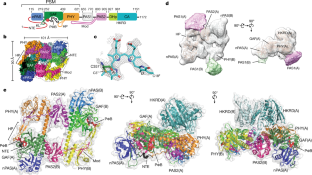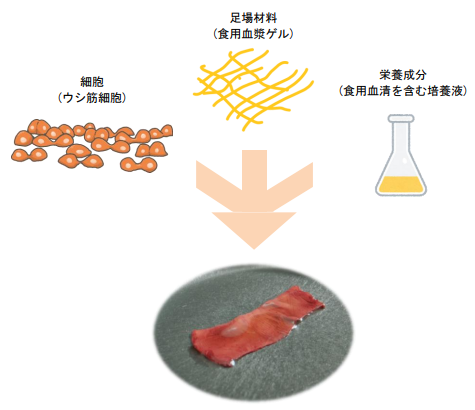2022-03-23 ミネソタ大学
・この方法の主な限界の一つは、1人のドナーからの移植では、レシピエントのインスリンの自立を達成するのに不十分であることが多いということである。
・ミネソタ大学ツインシティーズ校とメイヨークリニックの工学・医学研究者は、特殊な膵島細胞を超低温で保存し、再加熱することに成功し、オンデマンド膵島移植の可能性を引き出す新しいプロセスを開発しました。
・冷凍保存における画期的な発見は、糖尿病の治療法として大きな一歩を踏み出すことになります。
<関連情報>
- https://scienmag.com/new-method-of-pancreatic-islet-cryopreservation-marks-breakthrough-for-diabetes-cure/
- https://www.nature.com/articles/s41591-022-01718-1
ガラス化法による膵島凍結保存は、高い生存率、機能、回収率、移植への臨床的スケーラビリティを実現する Pancreatic islet cryopreservation by vitrification achieves high viability, function, recovery and clinical scalability for transplantation
Li Zhan,Joseph Sushil Rao,Nikhil Sethia,Michael Q. Slama,Zonghu Han,Diane Tobolt,Michael Etheridge,Quinn P. Peterson,Cari S. Dutcher,John C. Bischof &Erik B. Finger
nature medicine Published: 14 March 2022

Abstract
Pancreatic islet transplantation can cure diabetes but requires accessible, high-quality islets in sufficient quantities. Cryopreservation could solve islet supply chain challenges by enabling quality-controlled banking and pooling of donor islets. Unfortunately, cryopreservation has not succeeded in this objective, as it must simultaneously provide high recovery, viability, function and scalability. Here, we achieve this goal in mouse, porcine, human and human stem cell (SC)-derived beta cell (SC-beta) islets by comprehensive optimization of cryoprotectant agent (CPA) composition, CPA loading and unloading conditions and methods for vitrification and rewarming (VR). Post-VR islet viability, relative to control, was 90.5% for mouse, 92.1% for SC-beta, 87.2% for porcine and 87.4% for human islets, and it remained unchanged for at least 9 months of cryogenic storage. VR islets had normal macroscopic, microscopic, and ultrastructural morphology. Mitochondrial membrane potential and adenosine triphosphate (ATP) levels were slightly reduced, but all other measures of cellular respiration, including oxygen consumption rate (OCR) to produce ATP, were unchanged. VR islets had normal glucose-stimulated insulin secretion (GSIS) function in vitro and in vivo. Porcine and SC-beta islets made insulin in xenotransplant models, and mouse islets tested in a marginal mass syngeneic transplant model cured diabetes in 92% of recipients within 24–48 h after transplant. Excellent glycemic control was seen for 150 days. Finally, our approach processed 2,500 islets with >95% islets recovery at >89% post-thaw viability and can readily be scaled up for higher throughput. These results suggest that cryopreservation can now be used to supply needed islets for improved transplantation outcomes that cure diabetes.


